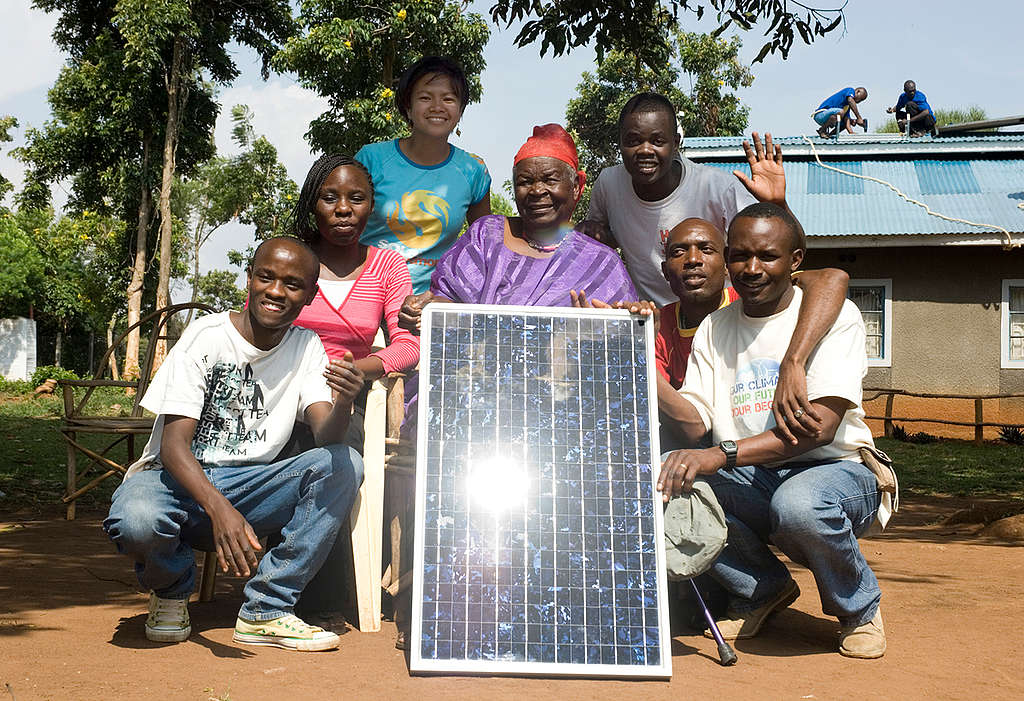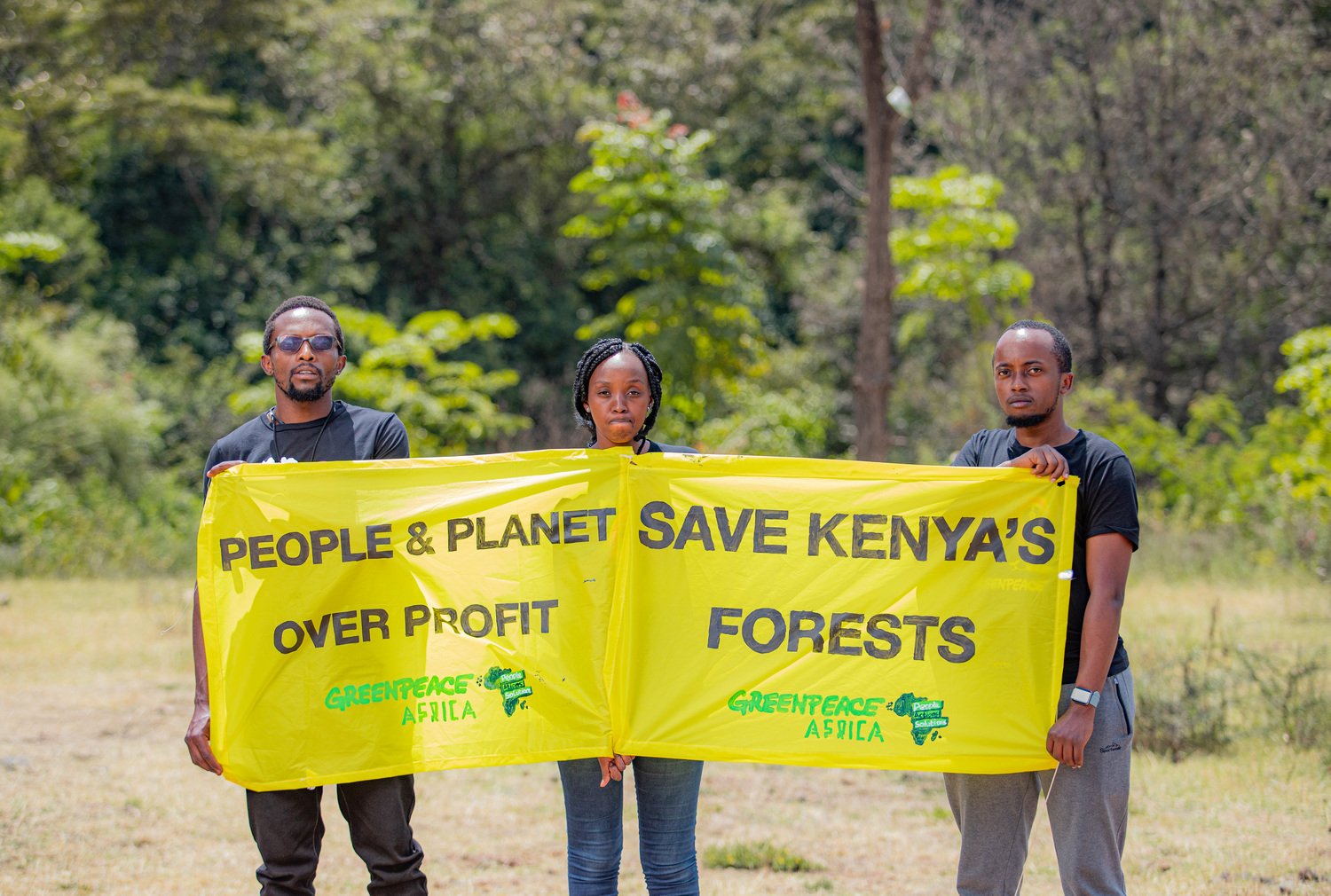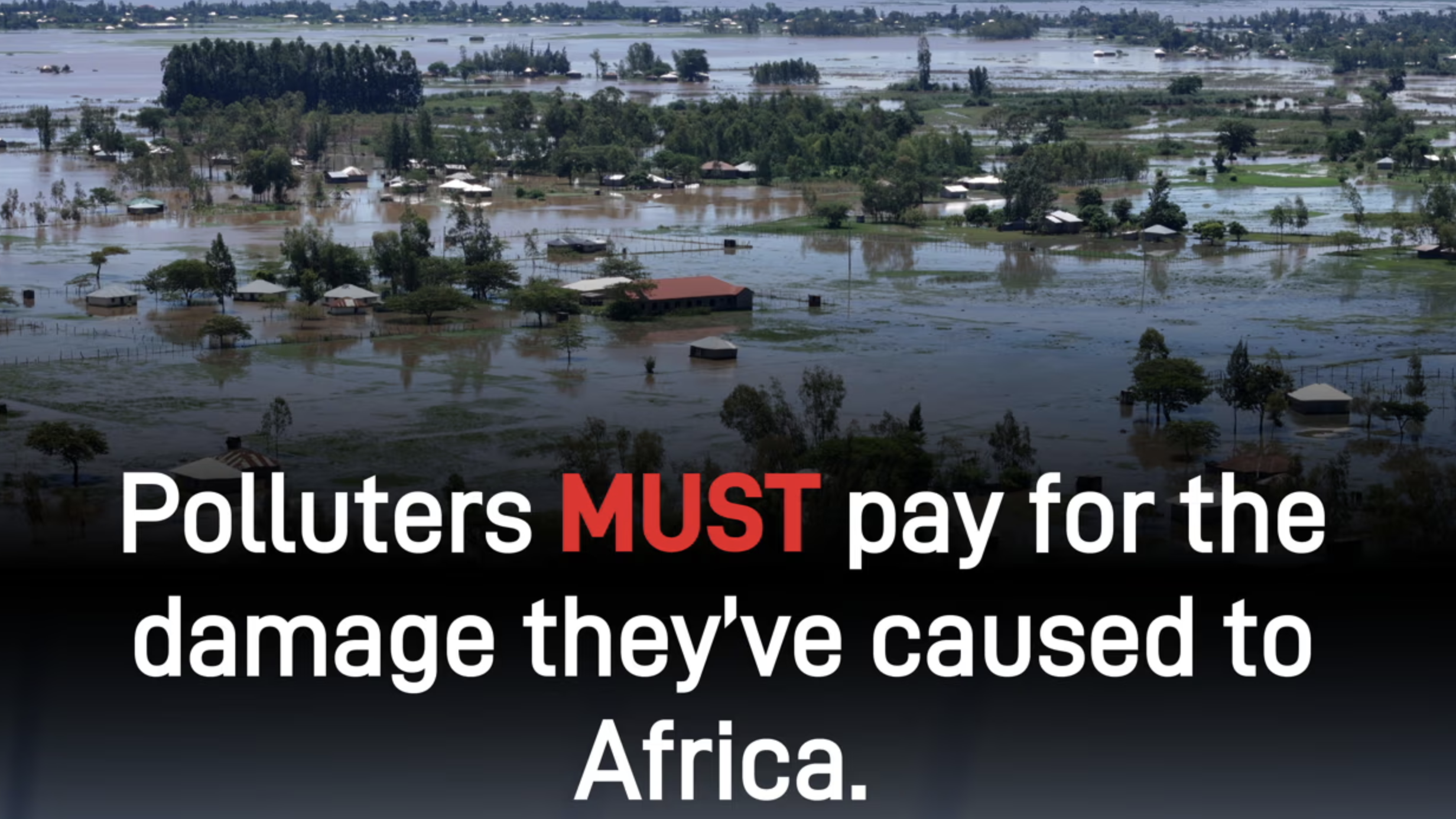
In December 2020, Kenya revised and resubmitted it’s National Determined Contributions to the United Nations Framework Convention on Climate Change (UNFCCC). Considering that Kenya had earlier submitted it’s Intended Nationally Determined Contribution (INDC) in 2015, this revision presents a crucial step in Kenya’s commitment to the Paris Agreement. Kenyan authorities have been cognisant of the challenges posed by climate change to it’s population and economy. This has been demonstrated in it’s submissions to the UNFCCC. Initially, Kenya presented to the UNFCCC very ambitious targets of reducing its greenhouse gas emissions targets to 30% by 2030.
The big question is why did countries have to revise and resubmit their national determined contribution to the UNFCCC and why is this important? First of all, signatories to the Paris Agreement which Kenya is a party to, have a legal commitment to align their development priorities and objectives with the NDCs. It is interesting to note that Kenya’s revised NDCs focus on very strategic but climate sensitive economic sectors such as agriculture, water, energy, tourism, and wildlife which it considers vulnerable to the current climate crisis. This is very sound for it’s commitments as Kenya’s economy is heavily natural resources based.
We may recall that back in 2016, Kenya enacted a Climate Change Act and became one of the pioneer countries in Africa to pass legislation on climate change. These processes were inspired by the need to boost climate resilience and cut down on greenhouse gas emissions. The institutional frameworks were created which is a fundamental basis of implementation of the policy. We saw the creation of climate change units in most government agencies, various ministries as well as in devolved administrations. What needs to be done going forward? Much as these commitments are pegged on the financial support Kenya seeks to obtain from the international communities, there are certainly domestic measures that it needs to put in place in order to achieve the commitments of the Paris Agreement.
Considering the complexity of meeting the net zero emission targets, technology should be a driving factor in making these commitments a reality. The new NDC submitted for instance acknowledges that extractive industries have been and remain a significant contributor to the greenhouse gas emissions. In principle, the proposed coal mining activities in Kitui and the proposed coal-fired power plant in Lamu considered as climate pollutants should be deprioritised completely as a source of energy in any of the development plans. Instead, low carbon renewable energy sources should be the driving force behind current and future development ambitions of the government.
Financial architecture ought to prioritise low carbon emissions projects that are not only sustainable in nature but also reflect the local realities of a clean environment. No more financial support either in terms of subsidies or tax incentives should be accorded to the fossil fuel industries if we are to meet the climate targets by 2030. The current budget policy statement should speak profoundly to a green and just recovery. In light of its duties, the Kenyan parliament has a big responsibility to play. The parliament should use its legislative role to strike out harmful and controversial coal projects from the annual budget. Kenya has a regional obligation to demonstrate climate leadership by offering the direction in the coming years as the hub for renewable energy.
Kenya continues to suffer from challenges of recurrent long drought seasons. This has led to severe water shortage in many parts of the country. Building resilience to water shortage will mean significant investment in water harvesting and storage facilities. It is important to note that, as the government plans to invest in water harvesting and storage facilities to meet the national water demands, the majority of Kenyans lack access to electricity. Extending electricity connection to all Kenyans should be a priority if water security is to be achieved.
Research shows that renewable energy sources such as solar provide flexibility in deployment. Renewable energy sources will play a major role in electrifying Kenya, powering water harvesting and storage facilities and in return enabling activities such as irrigation agriculture in drought prone regions of the country. Improved irrigation powered by solar and other easily deployable renewable energy technologies will enable farmers, especially small-holder farmers to produce enough food to meet the increasing food demand. And in turn reducing food insecurity in the country.
The Kenyan parliament has a big role to play. In the short term, the parliament needs to vet and ensure government accountability in resource allocation towards meeting its commitments to fight the current climate crisis, and build resilience for Kenyans. In the long term, Kenyan legislators both at national and devolved governments need to legislate policies that will enable Kenya to be a leader in responding to the existing climate emergency. These policies should seek to maximize the existing huge renewable energy potential in the country to benefit all citizens. The policies should be deliberate on incentivising clean energy technologies adoption to address the social, and economic challenges posed by extreme weather events as a result of the climate crisis. The policies also need to be in support of the most vulnerable including local community initiatives that seek to build resilience to climate challenges. Supporting initiatives such as community owned renewable energy enterprises will help unlock the potential for empowerment and contribute to adapting and mitigating the global climate crisis.
It is time for the Kenyan government to stand to be counted. It is time to move beyond blueprints to actual implementation of the Nationally Determined Commitments. The climate crisis is here with us and we have no time to waste. If Kenya is to stand a chance of rescuing its citizens from the current chaos caused by extreme weather events, now is the time to act. Now is the time to invest in renewable energy sources and technology which provides us with a great opportunity. Urgent action is needed from both the national and county governments including the legislative arms to act on the emergency that is the climate crisis.
By Fredrick Njehu and Amos Wemanya, Greenpeace Africa




